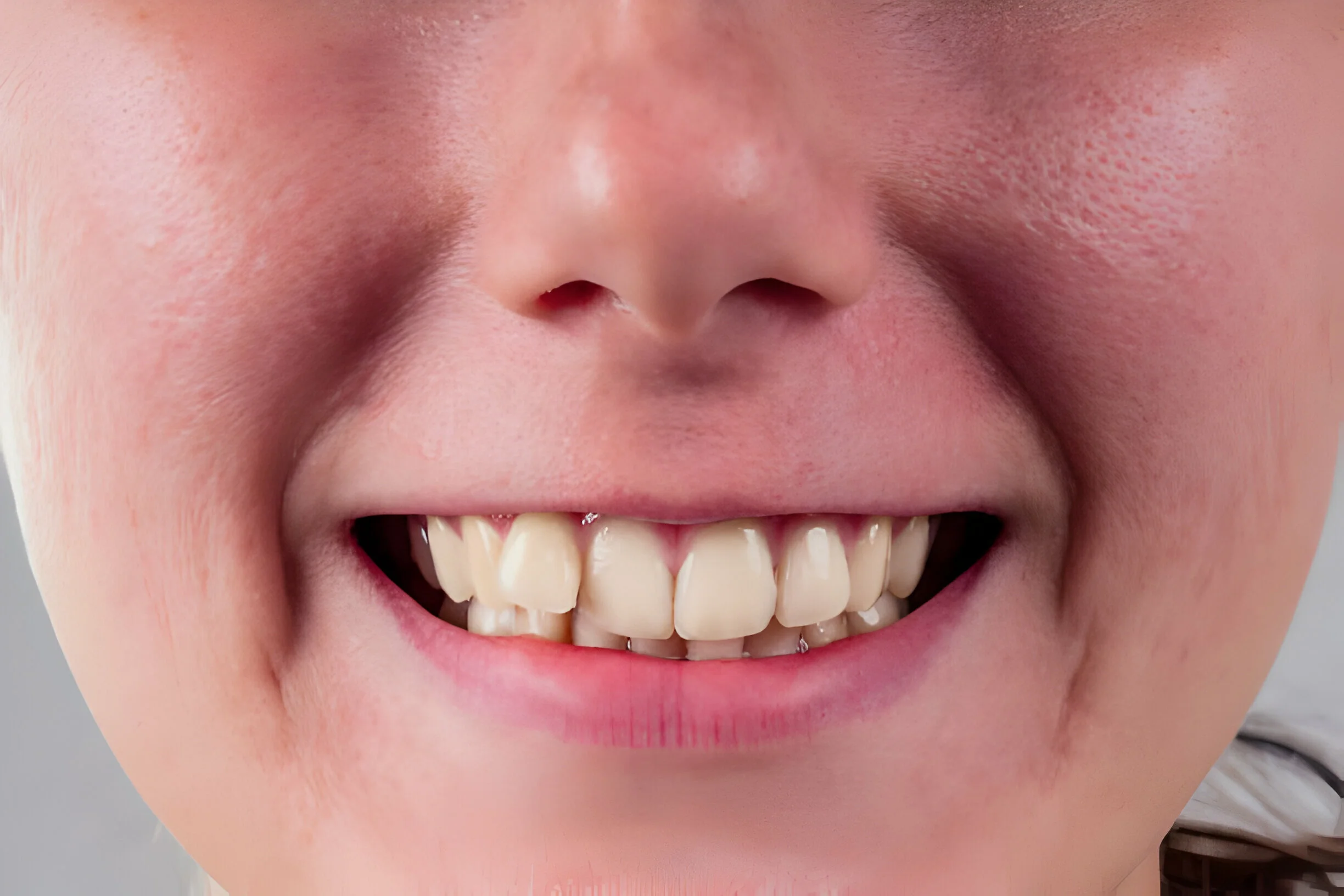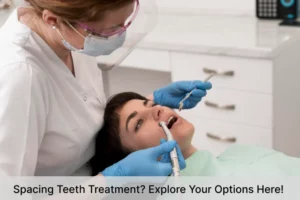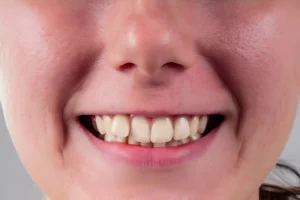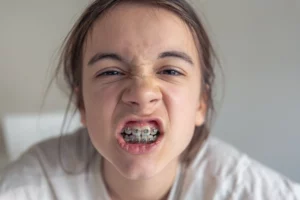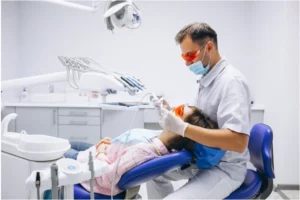Having crooked or misaligned teeth is a common occurrence among children and adults alike. If you have crooked teeth, it’s important to remember that you shouldn’t feel pressured to straighten them.
Teeth that aren’t perfectly aligned are a unique characteristic that can add individuality and charm to your smile.
However, if you are dissatisfied with the appearance of your teeth or if they are causing health or speech problems, you have the option to realign them.
Misaligned teeth can sometimes lead to oral health issues, such as difficulty cleaning between teeth, which can increase the risk of tooth decay and gum disease.
In some cases, severely misaligned teeth may also cause jaw pain or difficulty speaking clearly.
What Causes Crooked Teeth
Baby teeth and permanent teeth can both emerge crooked or become misaligned over time. Baby teeth may sometimes shift into crooked positions because they are too small to fill the allocated space in the gums.
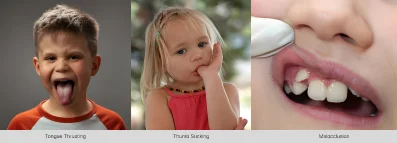
If your baby has a prolonged habit of sucking on a pacifier or thumb, then it can also cause baby teeth to be pushed out of alignment or become crooked. Heredity and genetics may play a role in the positioning of teeth as well.
It’s important to note that having crooked baby teeth doesn’t necessarily mean your child will have crooked permanent teeth. However, if baby teeth grow crowded together, there is a higher likelihood that the permanent teeth may also be crowded.
If baby teeth fall out prematurely due to trauma or tooth decay, the permanent teeth that follow may grow out of the gums at an angle rather than straight.
This is because the premature loss of a baby tooth can cause the surrounding teeth to shift into the empty space, affecting the alignment of the emerging permanent tooth.
Let’s check some other factors affecting crooked teeth.
1. Thumb Sucking
Prolonged thumb sucking can lead to misaligned teeth, especially if the habit continues into the toddler years. The consistent pressure from the thumb on the developing gums and teeth can cause them to grow outwards or become crooked.
2. Tongue Thrusting
Like thumb sucking, tongue thrusting can result in misaligned bites, particularly an overbite, where the upper teeth protrude over the lower teeth.
3. Malocclusion
Misaligned teeth or jaws, known as malocclusion, can occur when the upper or lower jaw is smaller than usual. This can lead to an overbite (upper teeth protruding over lower teeth) or an underbite (lower teeth protruding over upper teeth).
4. Genetics
Crooked teeth can be hereditary. If misaligned teeth are common in the family, children may develop crooked permanent teeth despite maintaining good oral hygiene.
5. Facial Injury
Trauma to the face or jaw during childhood can cause teeth to become displaced or misaligned. A jaw injury may shift the jaw slightly from its original position, causing teeth to grow in crooked manner.
Facial injuries can also lead to tooth loss, and when there is a gap in the jaw, the remaining teeth may shift to fill the space.
Problems Due to Crooked Tooth
1. Gum Disease
Crowded or crooked teeth make maintaining good oral hygiene more challenging. Poor dental health can result in bad breath, plaque buildup, tooth decay, and eventually, gum disease.
2. Difficulty Chewing
Crooked or crowded teeth can make chewing difficult, potentially leading to digestive issues.
3. Low self-esteem
People with crooked or misaligned teeth may experience low self-esteem, as our smile is often seen as a reflection of our personality. Additionally, poor dental health can result in stained, unappealing teeth, causing embarrassment. These concerns often motivate people to seek cosmetic dentistry solutions.
Why You Should Straighten Your Crooked Tooth
Teeth straightening is not only important for improving appearance and boosting confidence but also for maintaining good oral and overall health, especially in cases of severe misalignment.
When teeth are extremely misaligned, it can lead to periodontitis, a serious gum infection that damages the soft tissue and destroys the bone supporting the teeth.
How To Straighten Crooked Teeth
If you’ve decided that straightening your teeth is the right choice for you, there are several options available that you can discuss with a dentist or orthodontist.
1. Teeth Braces
There are Several Types of Braces available, and they are popular and effective options for people of all ages if their teeth and gums are healthy enough to support them.
Braces may be particularly suitable for children, as their gums and bone tissues are still flexible and malleable. But you have to choose the best braces for your Kids as there are different types of braces are available in the market.
The duration of treatment with braces can vary from two to three years, depending on the type of braces you choose and the extent of the misalignment that needs to be corrected.
Oral Surgery for Teeth Straightening
Oral surgery is another option for correcting misaligned teeth, particularly in cases where the misalignment is severe or when traditional orthodontic treatments may not be sufficient.
Ways To Straighten Your Teeth Without Braces
- Dental expansion/growth guidance: This uses appliances to widen the upper jaw, so teeth have more room to align properly. It encourages natural growth and development.
- Myobrace system: Uses oral appliances worn at night and during the day to retrain oral muscles and habits. Guides teeth into position. Best for children.
- Tooth contouring: Removing small amounts of enamel to alter tooth shape. Best for minor alignment issues.
- Growth modification: Headgear appliances redirect growth to influence tooth positioning. Must be worn many hours per day
Take Away
Crooked teeth are a common issue that affects many people across various age groups, including children, teenagers, and adults.
While misaligned teeth don’t always require treatment, they may need to be addressed if they are causing oral health problems or negatively impact an individual’s self-esteem.
Ultimately, the decision to correct crooked teeth is a personal choice that should be made based on your unique circumstances and preferences.


